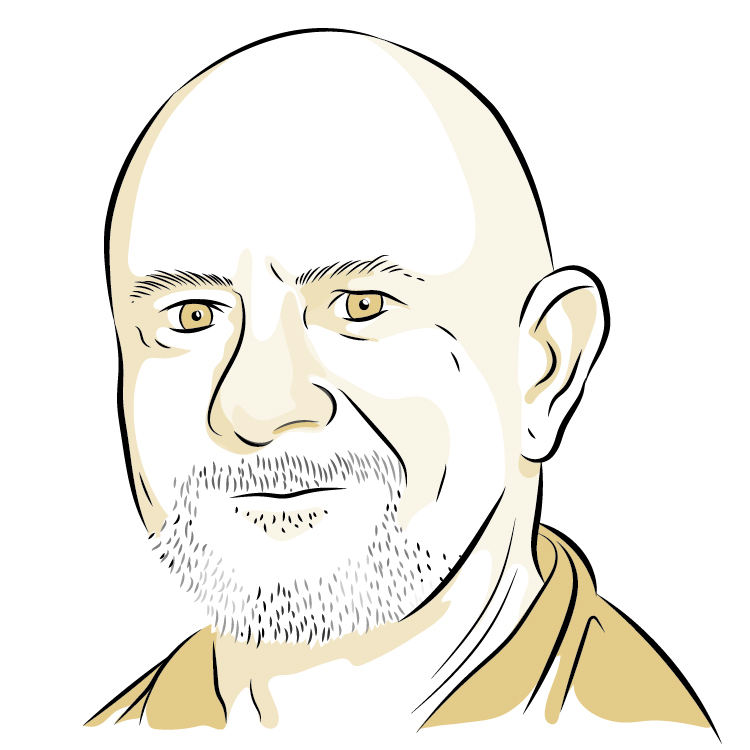BOOKS READ:
- [Unnameable Novel 1] (abandoned)
- [Unnameable Novel 2] (abandoned)
- Little—Edward Carey
- Walter Benjamin at the Dairy Queen: Reflections at Sixty and Beyond—Larry McMurtry
- Fools—Joan Silber
- The Library Book—Susan Orlean
- The Friend—Sigrid Nunez
- Grant and I: Inside and Outside the Go-Betweens—Robert Forster
BOOKS BOUGHT:
- News of the World—Paulette Jiles
- How to Read Water: Clues and Patterns from Puddles to the Sea—Tristan Gooley
- The Quest for Queen Mary—James Pope-Hennessy
- Fierce Attachments—Vivian Gornick
The first column I ever wrote for The Believer, over fifteen years ago, provoked a mild rebuke from the then editors. I had made a little joke about a sentence in a novel I’d read, a sentence I had decided was infelicitous, and it was pointed out to me that the magazine was a snark-free zone. I was and remain a supporter of that policy, and, a little embarrassed, I removed the joke before publication. That tiny contretemps changed my reading life forever, and for my own good. I realized the novel I’d poked fun at was not a novel I’d expected to like, particularly; I had picked it up because everyone else was reading it at the time, and I’d wanted to ask myself, What is all the fuss about? That particular question is almost always, in my experience, followed by the answer “Nothing,” because it is rarely asked in a spirit of generosity, and from that day on I started only books that looked as though they were going to suit my tastes and needs as a reader. Of course, you can’t always tell, but disposition is all, and now I am always well disposed toward the contents of my fiction and nonfiction even before the first paragraph.
So what went wrong with my two abandoned novels this month? I got more than halfway through both of them, and one of them was really long, but I reached a point where I simply ran out of steam and patience, and each paragraph seemed to consist of a mix of mud and treacle. The shorter of the two was, I’m afraid, a what’s-all-the-fuss-about choice, an act of recidivism that was severely punished by Tedius, the wrathful god of Boredom; the longer one was bought from a secondhand-book store some years ago as a result of the gushing quotes on the front and back covers, but proved to be, underneath its corpulence, a much leaner work than I’d anticipated: one that had let itself go. Is one allowed to fat-shame a novel? I don’t suppose so. But I’m not going to post a...
You have reached your article limit
Sign up for a digital subscription and continue reading all new issues, plus our entire archives, for just $1.50/month.
Already a subscriber? Sign in






